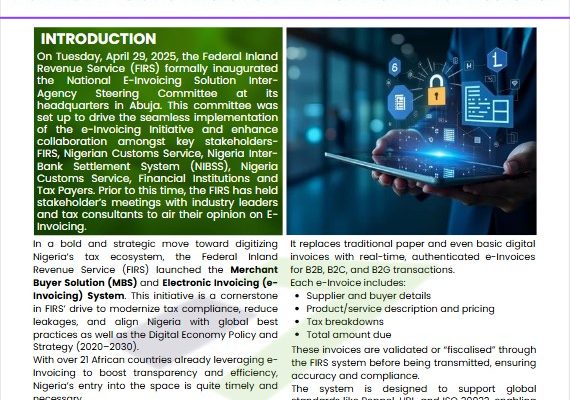Transfer Pricing Services
The Impact of Transfer Pricing Services on Tax Efficiency and Compliance
In the increasingly complex world of global business, managing tax obligations efficiently while ensuring compliance with diverse regulatory requirements can be challenging. Transfer pricing services play a critical role in navigating these challenges, particularly for multinational corporations. This blog post explores how transfer pricing services impact tax efficiency and compliance, providing insights into their importance and benefits.
What Are Transfer Pricing Services?
Transfer pricing services involve the management and documentation of the prices charged for goods, services, or intellectual property transferred between related entities within a multinational corporation. These services are crucial for ensuring that transactions are conducted at arm’s length, meaning the prices reflect those that would be agreed upon between unrelated parties in a competitive market.

Key Components of Transfer Pricing Services
Transfer Pricing Documentation: Detailed records and reports that justify the pricing strategies used in intercompany transactions.
Transfer Pricing Policies: Guidelines and methodologies used to determine pricing structures and ensure compliance with international standards.
Compliance and Risk Management: Strategies and tools to mitigate risks associated with non-compliance and potential disputes with tax authorities.
How Transfer Pricing Services Enhance Tax Efficiency
1. Optimizing Tax Structures
One of the primary benefits of transfer pricing services is their ability to optimize a multinational corporation’s tax structure. By setting appropriate transfer prices, companies can allocate income and expenses in a way that minimizes their overall tax liability. This strategic allocation helps in:
Reducing Tax Burden: Proper transfer pricing can result in a lower effective tax rate by shifting profits to jurisdictions with favorable tax rates.
Enhancing Profitability: Optimizing the allocation of costs and revenues improves the financial performance of different business units, leading to better overall profitability.
2. Facilitating Strategic Tax Planning
Transfer pricing services contribute to effective tax planning by:
Identifying Tax Opportunities: Consultants can identify opportunities for tax savings and incentives in different jurisdictions.
Aligning Transfer Pricing with Business Strategy: By aligning transfer pricing policies with business goals, companies can achieve tax efficiency while supporting their strategic objectives.
3. Ensuring Compliance with Local Tax Laws
Tax efficiency must be balanced with compliance to avoid legal issues. Transfer pricing services help ensure that:
Arm’s Length Principle is Followed: Transfer prices are set in accordance with the arm’s length principle, which is required by tax authorities worldwide.
Local Regulations Are Adhered To: Services help navigate complex local tax regulations and ensure that transfer pricing practices are compliant with country-specific rules.
How Transfer Pricing Services Enhance Compliance
1. Mitigating Risks of Tax Audits and Disputes
Effective transfer pricing services reduce the risk of tax audits and disputes by:
Providing Robust Documentation: Comprehensive documentation supports the transfer pricing policies and provides evidence of compliance if questioned by tax authorities.
Defending Against Tax Authority Challenges: In the event of an audit or dispute, well-prepared documentation and sound transfer pricing policies can help defend against challenges and penalties.
2. Adhering to International Standards
Transfer pricing services ensure compliance with international guidelines and standards, such as:
OECD Guidelines: Many countries adhere to the OECD Transfer Pricing Guidelines, which provide a framework for setting transfer prices.
Local Regulations: In addition to international standards, transfer pricing services ensure adherence to local regulations, which may vary significantly from one country to another.
3. Implementing Effective Transfer Pricing Policies
Well-crafted transfer pricing policies play a crucial role in compliance by:
Establishing Clear Guidelines: Policies provide clear guidelines for setting transfer prices, reducing the risk of inadvertent non-compliance.
Regular Updates and Reviews: Regular reviews and updates to transfer pricing policies ensure they remain in line with changing regulations and business conditions.
The Role of Technology in Transfer Pricing Services
1. Advanced Analytics and Software
Technology enhances the effectiveness of transfer pricing services through:
Data Analytics: Advanced analytics help in analyzing large volumes of transaction data to determine appropriate transfer prices.
Software Solutions: Transfer pricing software automates documentation, compliance checks, and reporting, reducing manual errors and increasing efficiency.
2. Real-Time Monitoring
Technology enables real-time monitoring of transfer pricing practices, allowing companies to:
Adjust Transfer Prices Promptly: Make timely adjustments to transfer prices based on market changes or regulatory updates.
Track Compliance Continuously: Monitor compliance continuously to identify and address potential issues proactively.
Case Studies: Transfer Pricing in Action
Case Study 1: Global Tech Inc.
Global Tech Inc., a multinational technology company, faced challenges with tax compliance and efficiency due to complex intercompany transactions. By engaging a transfer pricing service provider, the company was able to:
Optimize Transfer Pricing Structures: Implement a transfer pricing strategy that minimized tax liabilities across different jurisdictions.
Ensure Compliance: Maintain detailed documentation and adhere to both international and local regulations, reducing the risk of audits and disputes.
Case Study 2: Retail Corp.
Retail Corp., a global retail chain, struggled with managing its tax obligations across multiple countries. Transfer pricing services helped the company by:
Developing a Comprehensive Transfer Pricing Policy: Creating a policy that aligned with international guidelines and local regulations.
Enhancing Tax Efficiency: Improving the allocation of income and expenses to achieve a more favorable tax position.
Transfer pricing services are essential for multinational corporations seeking to optimize tax efficiency while ensuring compliance with complex regulatory requirements. By providing expert guidance on transfer pricing policies, documentation, and compliance strategies, these services help businesses navigate the intricacies of international tax laws and achieve a balance between effective tax management and regulatory adherence.
For companies looking to enhance their tax efficiency and maintain robust compliance, investing in professional transfer pricing services is a strategic move that can lead to significant benefits and risk mitigation.











